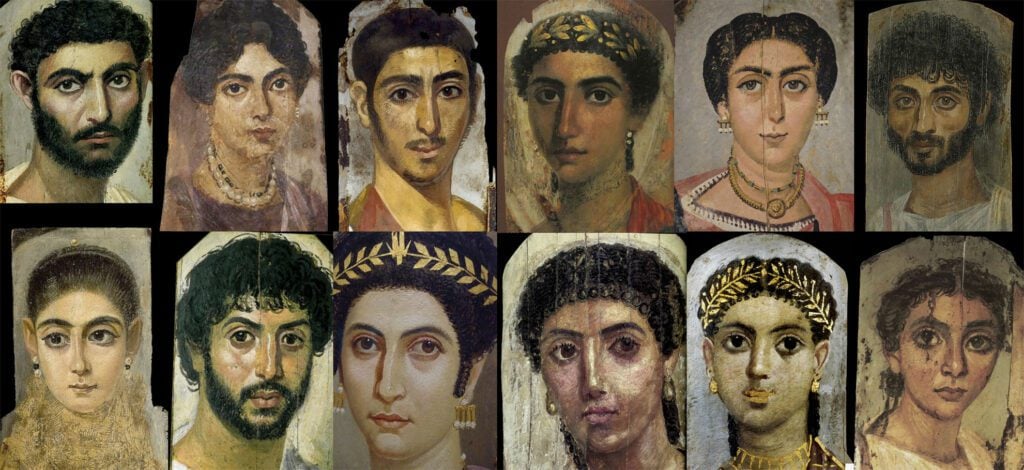The success of the Ancient Egyptian Civilization is evident in their traditions, their art, and many more. With long-spanning discussions focusing on their race and general origins, many people continue to debate whether Ancient Egyptians were white or black.
Successful DNA Sequencing reveals that mummified Egyptians are closely linked to Eastern Mediterranean people. Many scholars remain certain that Ancient Egyptians were ethically mixed.
The Ancient Egyptian Uncovering
Many widely known Egyptian art portrays the skin tone of their people as resembling hues of red, yellow, and olive. The Sphinx itself has sub-Saharan and Nubian physical characteristics. Esteemed writers in Greece such as Herodotus and Aristotle describe Egyptian people as possessing dark skin color.
With that said, many experts continue to debate the race of ancient Egyptians as reactionaries refuse to acknowledge the presence of black people in famous civilizations.
The race of King Tutankhamun became a controversial debate when the portrayal of his reconstructed image showed him as being too white. Most scholars agree that King Tutankhamun was black, but some conservative groups remained convinced that King Tutankhamun had Nordic origins. (Source: Vox)
With the heated discussion on the race of King Tutankhamun, Nina Jablonski, the author of Skin: A Natural History, argues that the skin color of King Tutankhamun was lighter tan due to lack of sun exposure. Contrarily, the speakers in Franklin Institute that discussed the race of the Egyptian king stated that Egyptians during King Tutankhamun’s reign possessed very dark skin similar to those belonging in sub-Saharan Africa. (Source: National Public Radio)
When a group of international researchers successfully performed a DNA sequence on numerous mummies from the New Kingdom and the later period when the Romans ruled Egypt, they concluded that ancient Egyptians were closely linked with the people of Levant in the Near East.
The hot Egyptian climate, the high humidity levels in many tombs and some of the chemicals used in mummification techniques, contribute to DNA degradation and are thought to make the long-term survival of DNA in Egyptian mummies unlikely.
Doctor Johannes Krause
Despite the many hardships the researchers faced in searching for unimpaired DNA from ancient mummies, they still finished the first genomic testing on their subjects. With the oldest mummy from 1,388 BCE during the New Kingdom period and the earliest mummy from 426 CE, the researchers confirmed the mummies’ relation to people in the Eastern Mediterranean regions.
Even with the completed DNA sequencing, limitations continue to exist as Egypt’s history comprises many rulers and invaders from different areas of the world; the researchers state that their findings do not accurately represent the whole of Ancient Egypt. (Source: Big Think)
The Mainstream Depiction of Ancient Egyptian Race
The whitewashed portrayal of race in history does not exclude the racial depiction of Ancient Egyptians. The race of Ancient Egyptians remains heavily significant due to their widely known success as a civilization.
Many Hollywood-produced movies continue to show royal Egyptians as white and low-class Egyptians as having darker skin colors. An infamous example of this is the Gods of Egypt movie where white actors take the role of Egyptian gods, representing a racist power dynamic where non-white people worship the white gods.
Many experts disagree with the biased portrayal, highlighting the diverse populations in Ancient Egypt.
The visual diversity of population centers increased as contacts became more common between Egypt and Nubia, and then Greater Egypt, Palestine and Libya. In ancient Egypt as a whole, people were not designated by color terms, and slavery was not associated with darker skin.
Nina Jablonski
(Source: Vox)
